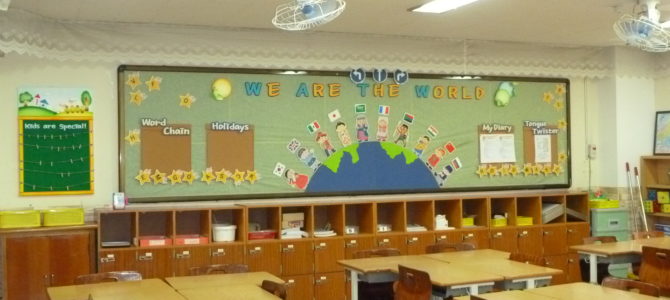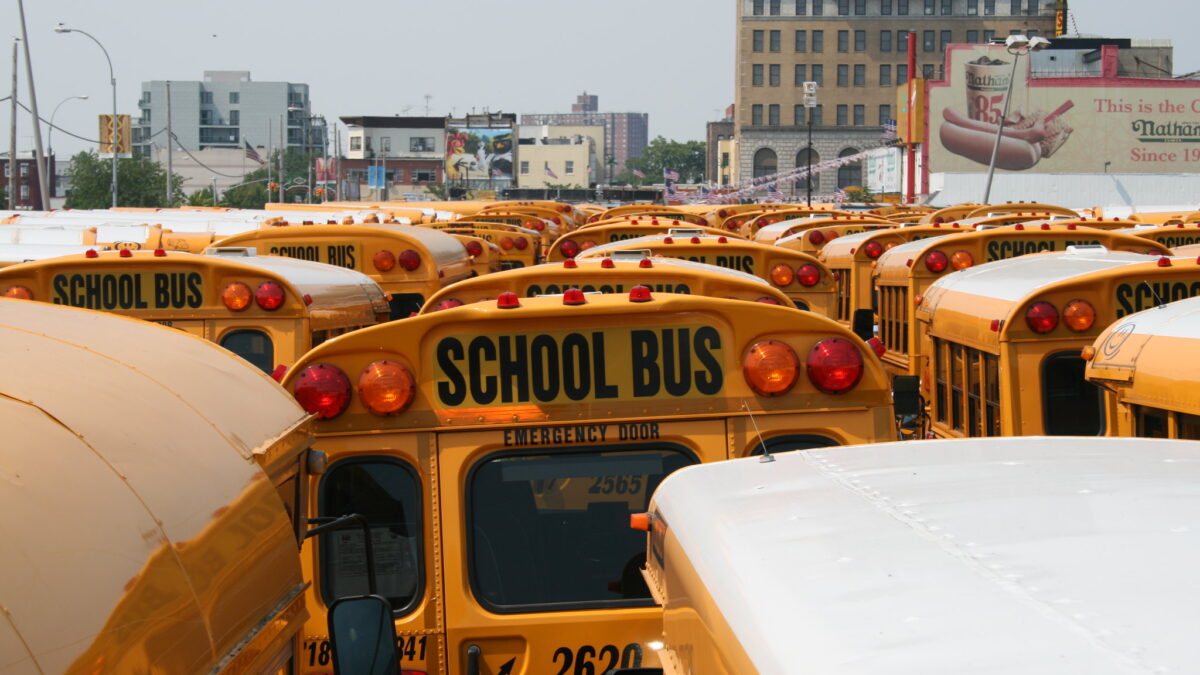Weeks after Democrats jammed President Joe Biden’s $1.9 COVID spending plan through Congress with hope the funds would push schools to reopen, 58 percent of K-12 districts in the U.S. are still not offering fully in-person classes for all of their students.
Biden’s spending plan allotted more than $129 billion for elementary, middle, and high schools to use in their reopening efforts, a decision by Democrats that ignored the $100 million unspent dollars designated for “for cleaning and disinfecting” in the CARES Act. But the school reopening efforts that Biden reportedly supported and the Centers for Disease Control and Prevention encouraged seem to keep falling flat nearly a month after funds were granted.
The White House previously admitted that a portion of the funds designated for education would not directly benefit reopening efforts now and were designated for future staffing endeavors, a direct nod at teachers’ unions.
One provision in the spending bill sought to provide $7.6 billion over the next 10 years toward a program that prioritizes the interests of teachers unions by funding a scandal-filled, already bureaucratically-resourced telecommunications program called E-Rate to incentivize virtual learning. Even the money immediately awarded to school districts for classroom learning to resume, however, doesn’t seem to be enough for at least 7 percent of U.S. districts that continue to operate on a fully remote basis.
Many of these districts are located in coastal states where teachers’ unions, which are primarily supported by leftists, progressive activists, and Democrat politicians, have tried to stifle the return to classrooms by ignoring the science behind vaccinations and data on COVID-19 spread among children to demand virtual learning for an indefinite period of time. For months, school districts caved and refused to reopen until teachers’ demands, such as being prioritized for COVID vaccination, were met.
While the CDC reports that almost 80 percent of Pre-K-12 educators, school staff, and childcare workers were at least one dose into the COVID-19 vaccine before April, districts and parents in largely Democrat-controlled areas continue to battle teachers unions over their ever-shifting demands in exchange for classroom learning for students.
The largest teachers’ union in California is demanding the Los Angeles Unified School District grant educators subsidized child care beyond what is already provided to them through the district before they resume in-person teaching. Meanwhile, teachers from the San Diego Unified School District, many of whom have not taught in-person since March of 2020, were asked to volunteer to educate unaccompanied migrant children who illegally crossed the border and are now housed in the San Diego Convention Center against the pleas and wishes of parents with children struggling to cope with remote learning.
Biden’s current goal for school reopening, which the White House has flip-flopped on numerous times, is to have most K-8 students in school in-person for five days a week by his 100th day in office at the end of April, it is clear that some school districts, even equipped with funding from Congress, will struggle to host in-person learning for a while longer.









